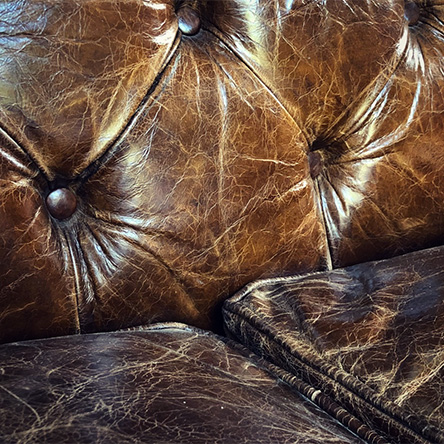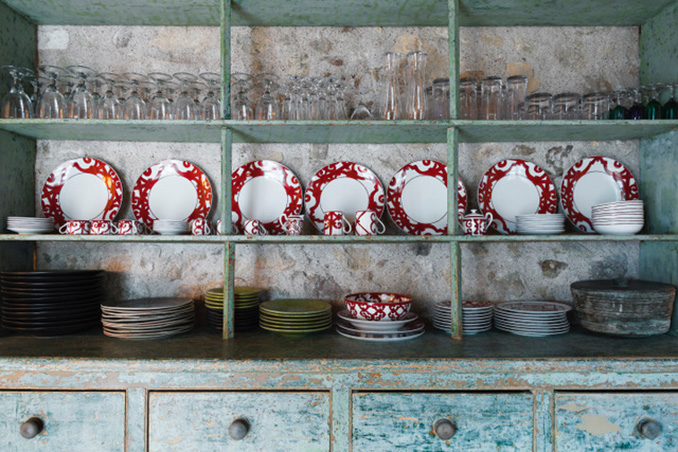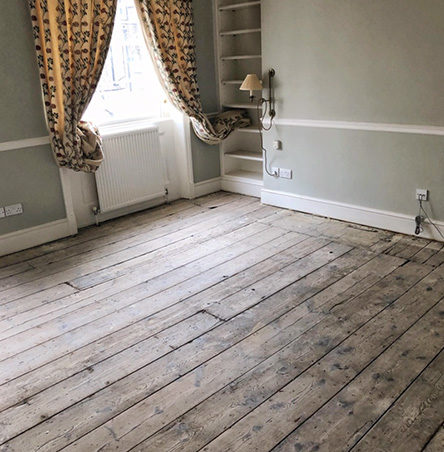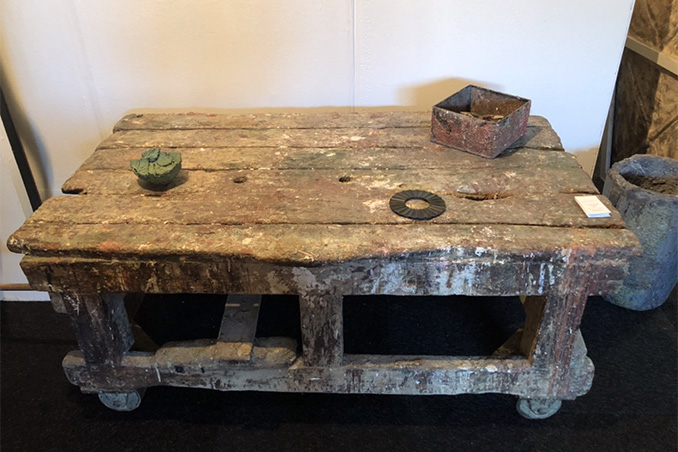For me, wabi-sabi in interior design is about seeing things that have become more beautiful with age. It is about celebrating the imperfections that occur in materials that have lived and changed with the passage of time. I believe in organic materials that move, change and evolve to adapt to their surroundings. For example, this leather Chesterfield sofa, which I bought from Apter-Fredericks for my Catalan Farmhouse project, has only become more beautiful with time. It was already an antique and had signs of wear, but 10 years later, it looks just as perfect as it did when I bought it for my clients – and will probably outlive them too!

Natural materials survive the test of time the best way. If you get a good hardwood floor, for example, it will still be in great condition in 200 years. Even better, it will probably look more beautiful than when it was first installed. I find that these natural, hardwearing materials improve with age – they start to become one with their surroundings, looking like they belong together. In my last project, a beautiful period building, the floor was covered with wall-to-wall carpets.
I suspected the floor underneath would still be the original wooden floorboards, but I was worried about how the previous owners had treated it. Much to my delight, the floors ended up being in fantastic condition; there were only a few damaged boards that had to be replaced. And once the workmen from Akula Developments had finished hand-sanding it down to minimise splinters, and put a light coat of varnish on top, it was like new!
If you go to an antiques fair like The Decorative Antiques & Textiles Fair in Battersea Park, you will see stands of beautiful furniture full of kinks and little imperfections. The idiosyncrasies in the pieces show their age and make them unique, and their value is even greater for it.
Consider the coffee table below, which I found at the Fair. While some would leave it to be forgotten in the garden shed, others will cherish it. What is it that makes many of us not only forgive, but embrace these pieces of furniture for their imperfections? We would never do so with modern pieces. For me, it is the fact that behind those imperfections is a story, a history and a reason for being. It is that story and that history which give the pieces their real value.



